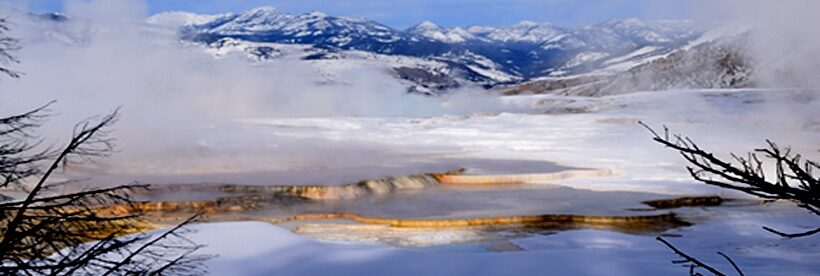As Congress continues to stonewall on climate change legislation, I think that a recent article published in the Perspectives section of Nature Climate Change, The impacts of climate change on terrestrial Earth surface systems, is worth contemplating. The authors, Jasper Knight and Stephan Harrison, argue that “… at present, governments’ attempts to limit greenhouse-gas emissions through carbon cap-and-trade schemes and to promote renewable and sustainable energy sources are probably too late to arrest the inevitable trend of global warming. Instead, there are increasingly persuasive arguments that government and institutional focus should be on developing adaption policies that address and help mitigate against the negative outcomes of global warming, rather than carbon trading and cataloguing greenhouse-gas emissions”.
Don’t think that the authors suggest for us to just walk away from the greenhouse-gas emission and global warming problem, though. What they are advocating is a more inclusive strategy for dealing with global warming, one that includes understanding and managing the impacts of climate change on the dynamics of Earth surface systems – systems that include glaciers, rivers, mountains and coasts. These systems supply resources such as soil and water, and as such are critical components to life on earth. And, as we just witnessed with Superstorm Sandy, some of these systems, such as coastal and river systems, are vital in alleviating the impact of catastrophic weather events.
The major problem with immediately incorporating earth surface system data into a global warming management response is that earth surface systems operate on a much longer time scale than elements of the biosphere. To mitigate the time dilemma, there is potential in looking at earth surface system responses to past climatic events. Knight and Harrison note that, “…for instance, climate cooling during the Little Ice Age in Europe (~ad 1550–1850) had significant impacts on the sediment yields of mountain, fluvial and slope systems, particularly in marginal regions already predisposed to be climatically sensitive to changes in temperature and precipitation patterns, including their seasonality“.
In any event, currently, most Earth surface systems are not regularly monitored regarding climate change. This is a huge policy omission, both nationally and internationally, because Earth surface system dynamics are a major part of the landscape response to climate change, and these systems function on multinational spatial scales that play into sustainable resource management. It is going to take a large-scale effort by scientists, governments, and most importantly, citizens to make sure that the response to global warming includes understanding and managing the impacts of climate change on the dynamics of Earth surface systems. If you want to learn more about what you can do to tackle climate change, visit this website. It’s long past time to get to work and we need to act now to save the planet. After all, there’s no planet B!
